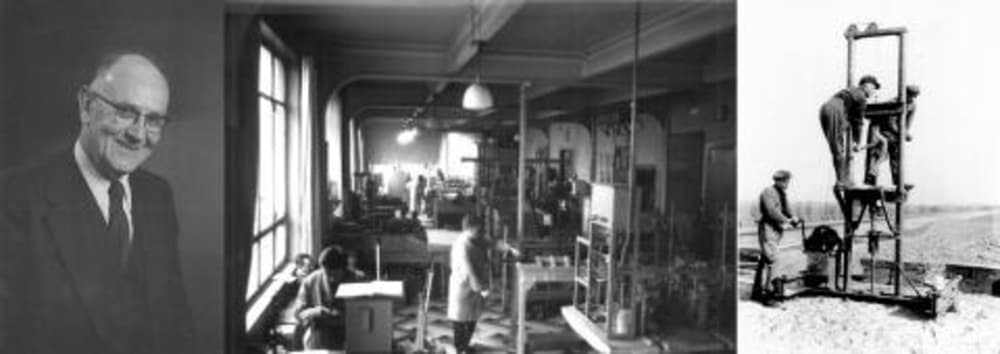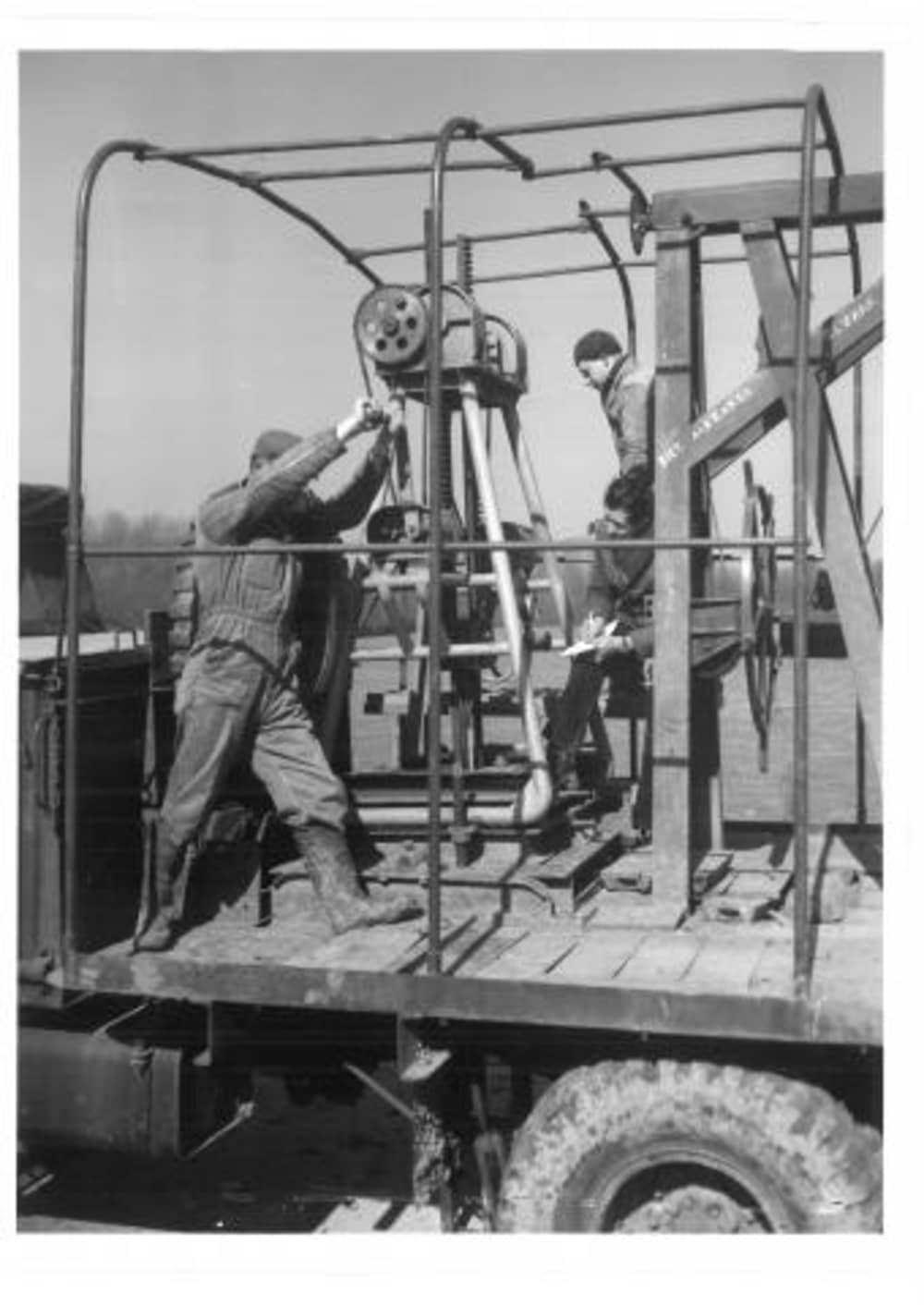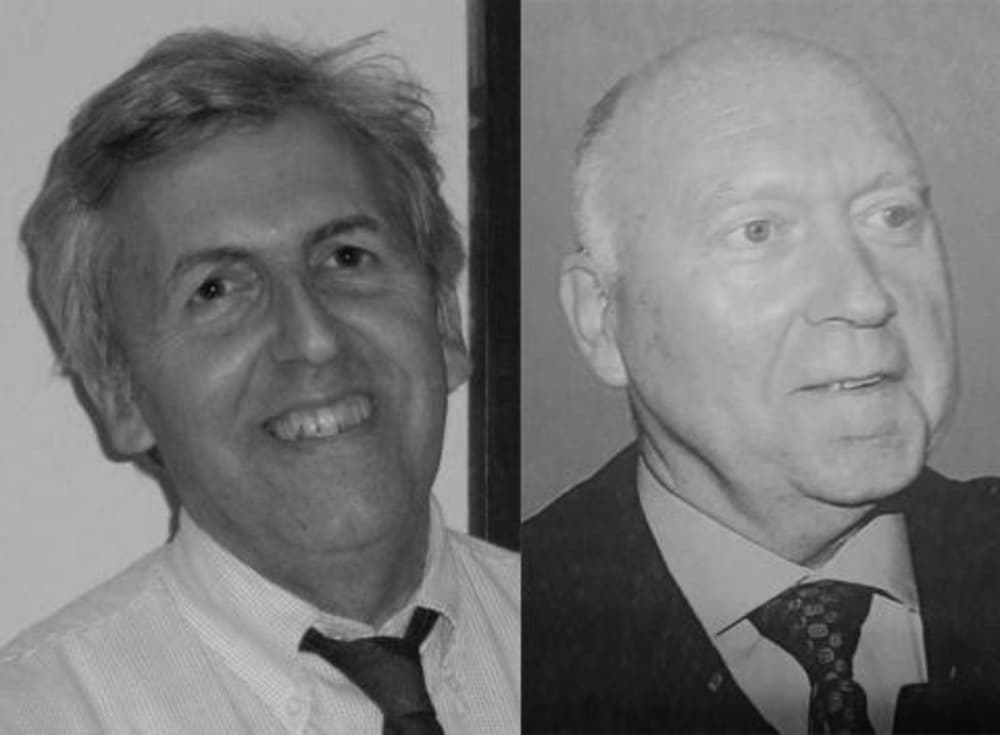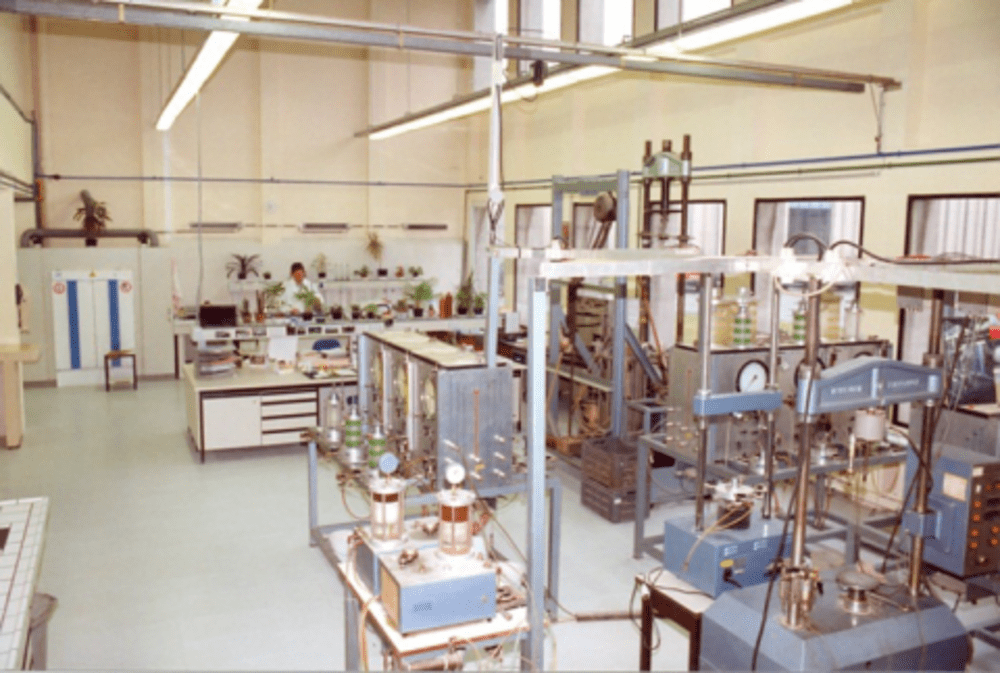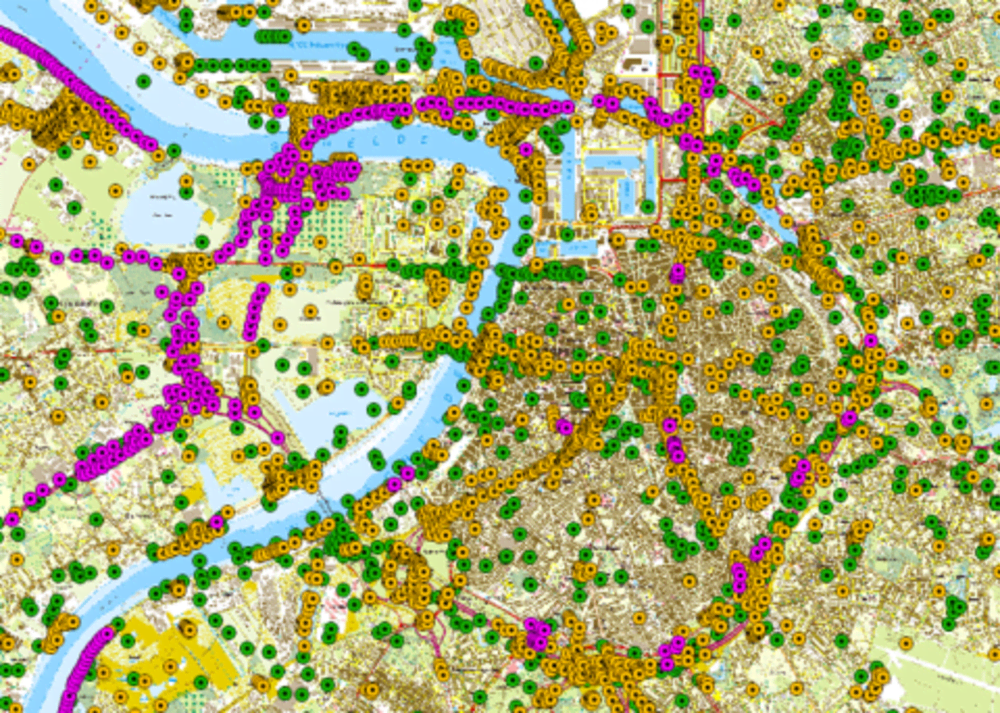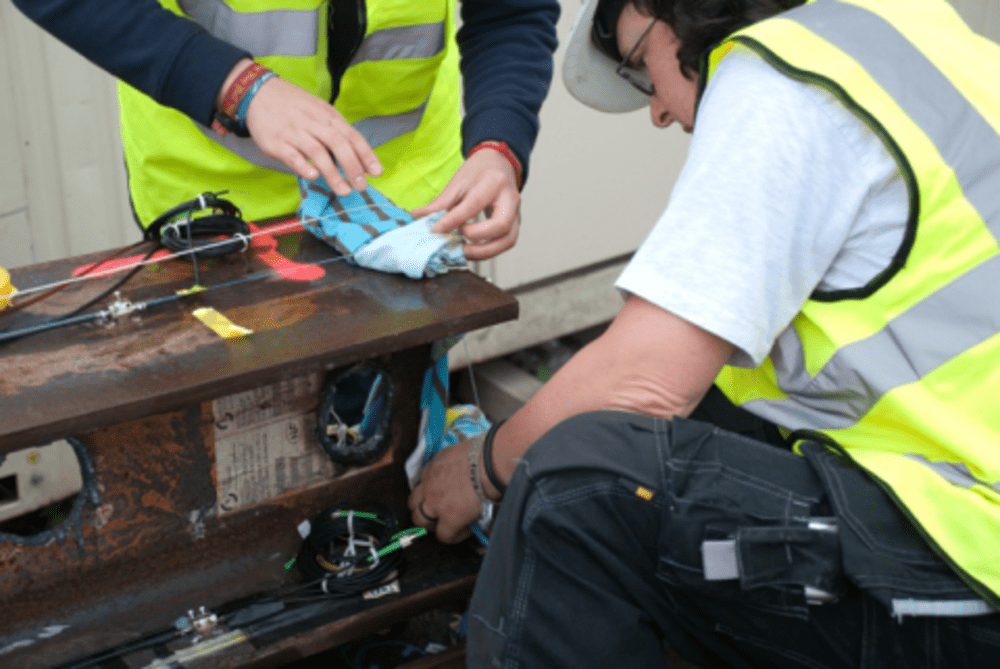The history of the Geotechnics Division in Flanders and Belgium starts with the creation in 1939 of the Laboratory of Soil Mechanics within the Ministry of Public Works, led by the young engineer E. De Beer. The laboratory at St. Pietersnieuwstraat was developed in Belgium and the first cone penetration tests were carried out with the “saffold.”
In 1941 the laboratory was transformed into the State Institute for Soil Mechanics (RIG) so the private sector could use its services. The laboratory, site investigation teams and engineering corps formed the cradle of geotechnical engineering in Belgium.
With regionalization in 1989, RIG was split into a Flemish and a Walloon entity. The Geotechnics Division, kept his offices and laboratory at the Technology Park site in Zwijnaarde, as the geotechnics knowledge centre in Flanders.
- Stap 1939
Creation
Creation of the Soil Mechanics Laboratory of the Ministry of Public Works (Ministerie Openbare Werken or MOW) at St Pietersnieuwstraat Ghent. Led by Prof De Beer + first CPT tests in Belgium. - Stap 1941
Establishing Sate Institute for Soil Mechanics (RIG)
- Stap 1950
CPT machine mounted on a truck
- Stap 1965
First CPT machine on a truck equipped with hydraulic pressure system
- Stap 1971
De Beer-method used in order to calculate the bearing capacity of piles
- Stap 1972
Moving RIG to the campus at Zwijnaarde
- Stap 1980
Drawing up soil mechanical maps
- Stap 1991
Regionalisation of RIG -> AOSO, Geotechnics management
- Stap 1993
Establishing LIN
- Stap 1995
Geotechnics division
- Stap 1995
Renewal laboratory
- Stap 2002
DOV website launched
- Stap 2012
First monitoring project using optical fibre technique
